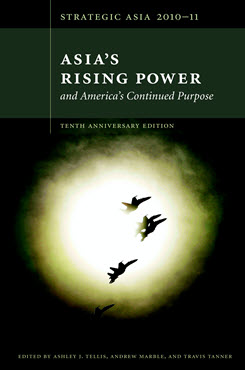Asia-Pacific Demographics in 2010-2040
Implications for Strategic Balance
This chapter examines the prospective impact of demographic changes on the strategic balance in Asia.
EXECUTIVE SUMMARY
MAIN ARGUMENT
Over the coming decades, the demographic profiles of the major powers of the Asia-Pacific region—China, India, Japan, Russia, and the U.S.—stand to be transformed significantly. Impending changes will directly affect the ability of these states to augment power and extend influence internationally. The strategic balance will be affected not just by changes in human numbers but by changes in human resource profiles (health and educational patterns) that bear on economic productivity and thus on military potential.
POLICY IMPLICATIONS
- As the trend lines vary widely across the Asia-Pacific’s major powers, important shifts in relative potential may be in store for these states in the coming generation. Demographic trends portend serious relative economic decline in Russia, severe complications for the prospect of “China’s rise,” relative economic decline for Japan, a relatively positive outlook for India, and, comparatively speaking, the most auspicious fundamentals for the U.S.
- Moscow and Beijing, in particular, do not yet seem to appreciate the extent to which demographic constraints conflict with their current international strategies—a disjuncture that could lead to unpredictable changes in their external behavior.
- For the U.S., the main strategic demographic challenges appear to be contending with questions of domestic human resources, including education and health, and dealing with the impending demographic decline of strategic allies. Unfolding demographic trends underscore the importance of extending the U.S. alliance structure to new states that share U.S. interests and affinities.
Strategic Asia
The Strategic Asia annual edited volume incorporates assessments of economic, political, and military trends and focuses on the strategies that drive policy in the region. Learn more about Strategic Asia.


